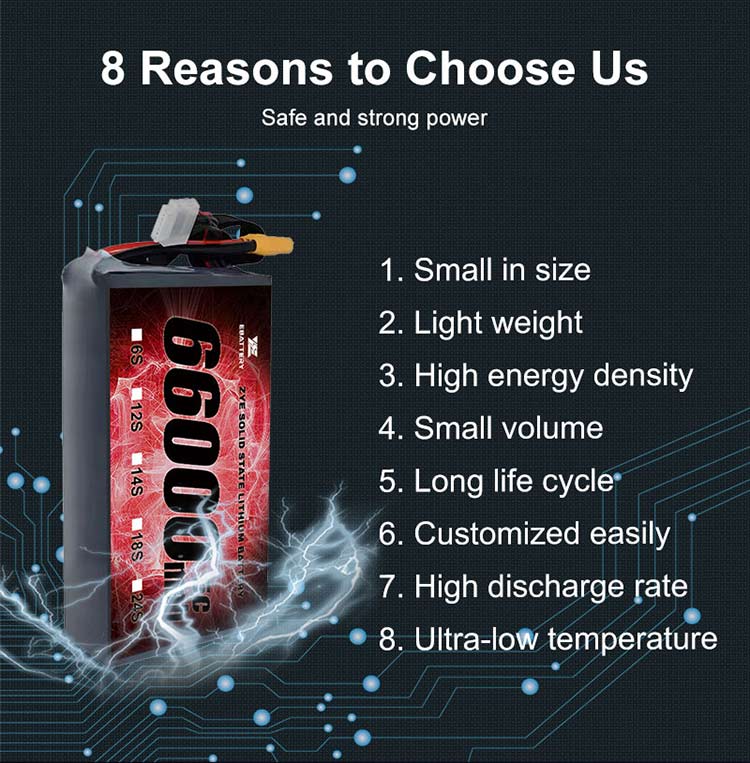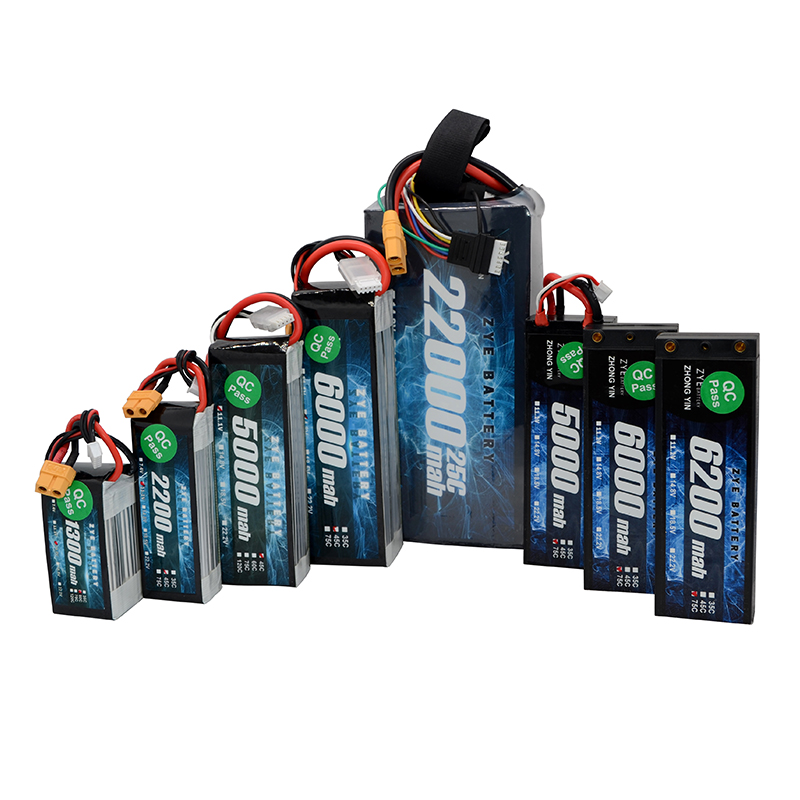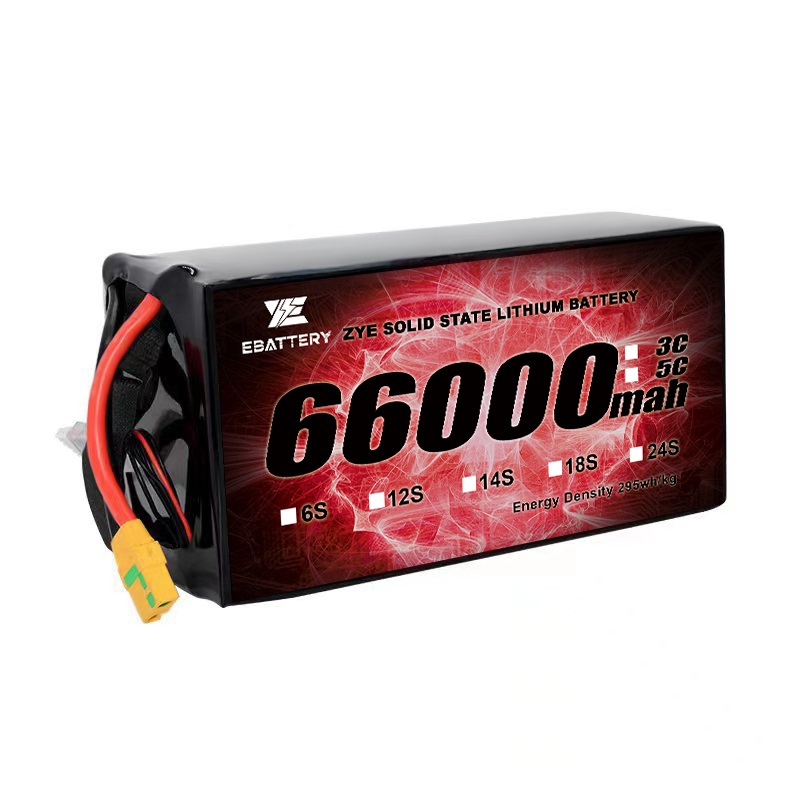The Drone Semi Solid-state Batteries for Cold Weather Flights
2025-09-22
Severe cold weather has always been a serious challenge to the performance and reliability of unmanned aerial vehicles. Low temperatures can significantly reduce the chemical activity of traditional batteries, leading to a sharp decline in battery life, voltage drops, and even sudden power outages, putting critical flight missions at risk. Semi-Solid State batteries - are offering us a brand-new solution to overcome the severe cold.

Why is low temperature the "archenemy" of traditional drone batteries?
The predicament of traditional lithium polymer (LiPo) batteries at low temperatures:
Low temperatures can significantly affect the performance of drone batteries, leading to shortened flight times and potentially impacting your mission.
Electrolyte solidification: At low temperatures, the liquid electrolyte inside the battery becomes viscous or even partially solidifies, greatly hindering the movement speed of lithium ions.
A sharp increase in internal resistance: The obstruction of ion movement directly leads to an increase in the internal resistance of the battery. To maintain flight, the battery voltage will drop sharply (voltage sag), triggering the low battery protection mechanism of the drone and forcing the aircraft to land earlier.
Severe capacity degradation: In a 0°C environment, the available capacity of traditional LiPo batteries may decrease by 30% to 50%. At even more extreme low temperatures, the performance loss is even more astonishing.
Charging hazard: Charging batteries at low temperatures can cause lithium metal to leach out, which may permanently damage the battery and pose a risk of short circuit and fire.
Flying with cold batteries not only reduces performance but also lowers performance. It may also bring security risks. Cold lithium polymer batteries are more prone to voltage sags, which may cause sudden power outages during flight. In addition, attempting to charge a frozen battery may cause irreversible damage and could lead to dangerous situations.
Before setting off for a cold weather flight, store the battery at room temperature. Avoid leaving them in the car overnight or exposing them to extremely cold environments for a long time before use.
Semi-solid state batteries, as a transitional technology, ingeniously integrate the advantages of traditional liquid batteries and all-solid batteries. The core lies in mixing electrode materials with solid electrolytes and a small amount of electrolyte to form a semi-solid matrix similar to a gel-like substance.
Anti-coagulation electrolyte system
The electrolyte system used in semi-solid batteries is specially designed to have a lower freezing point. Even when it contains a small amount of liquid components, it can maintain ionic conductivity at low temperatures, avoiding the problem of traditional electrolytes being completely "frozen".
Superior ion conduction path
The introduction of solid-state electrolyte networks provides lithium ions with an additional "high-speed channel" beyond the liquid path. Even at low temperatures, when the transmission efficiency of liquid ions declines, ions can still partially migrate through solid media, ensuring the basic performance.
Significantly reduced internal resistance
Due to the more efficient ion migration, the increase in internal resistance of semi-solid batteries at low temperatures is much smaller than that of traditional batteries. This means that it can maintain the voltage output more stably, effectively avoid voltage sags, and release more available capacity in severe cold.
Application scenario: Who needs semi-solid batteries the most?
1.Winter infrastructure inspection: Inspection operations of power lines, wind turbines, pipelines, etc. in extremely cold regions.
2.Cold region surveying and exploration: Scientific research and topographic surveying in high-altitude snow-capped mountains, glaciers or polar regions.
3.Emergency rescue and search and rescue: When conducting search and rescue missions in cold weather or after an avalanche, reliability is of vital importance to life.
4.Logistics and distribution: Conduct unmanned aerial vehicle (UAV) logistics and distribution in northern winters to ensure stable battery performance.
Conclusion
Although semi-solid batteries still face challenges in terms of cost and large-scale mass production, they are undoubtedly a crucial step towards all-solid batteries and offer a practical solution for addressing the core pain points of low-temperature flight in drones first.
ZYEBATTERY is always committed to transforming cutting-edge battery technology into reliable industrial-grade solutions. Our semi-solid battery product series has undergone rigorous high and low temperature tests, designed to equip your drones with an "unafraid of cold" heart, ensuring that your mission can be successfully completed no matter how harsh the environment is.
























































